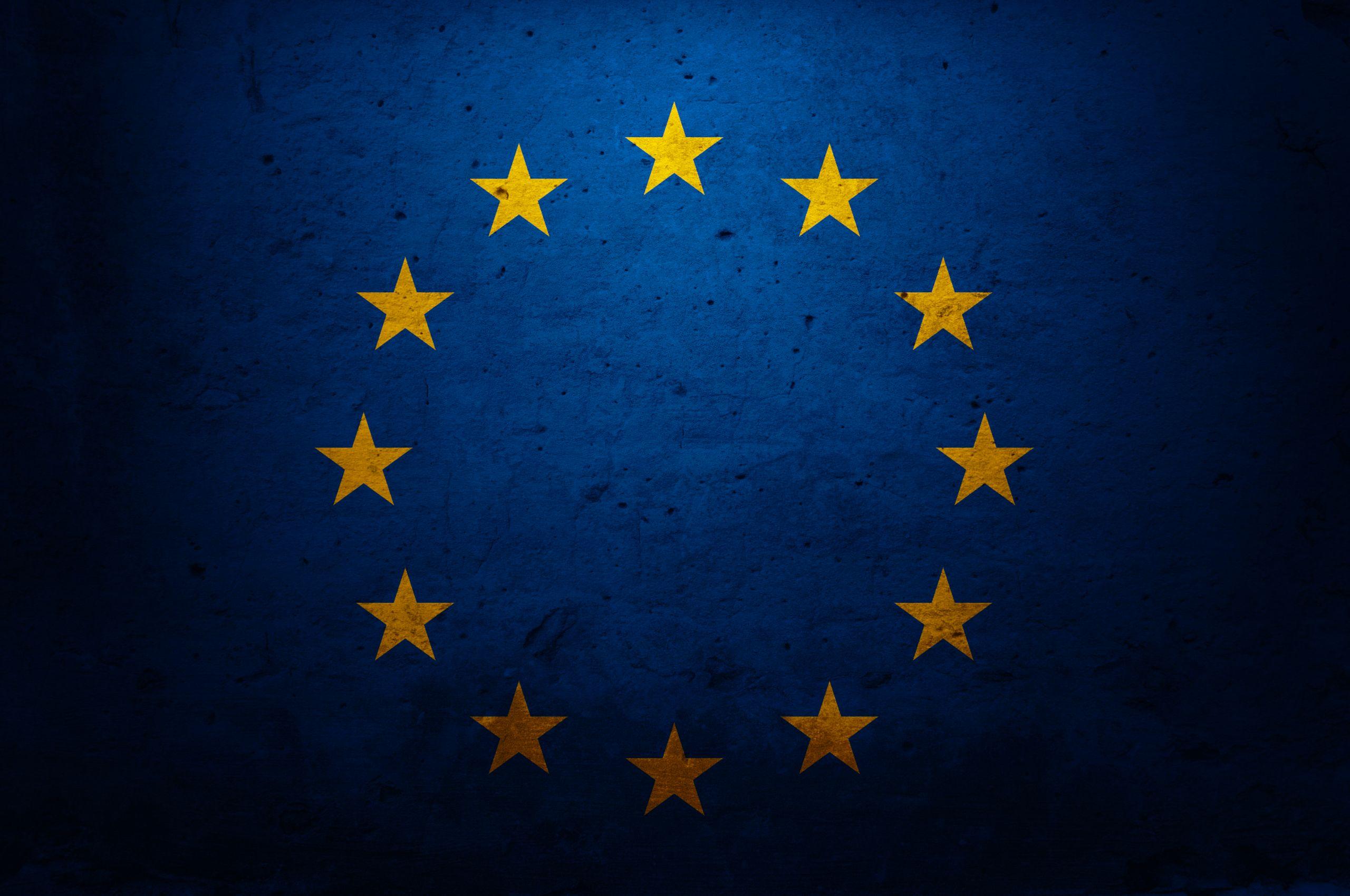The European Parliament adopted new rules Tuesday introducing a common charger for small electronic devices like smartphones and tablets.
The new law means that starting in the fall of 2024, USB type-C will be the standard charging port for smartphones, tablets, e-readers, keyboards, computer mice, GPS devices, digital cameras, headphones, headsets and earbuds, hand-held video game consoles and portable speakers. Starting in 2026, USB-C will also become the norm for laptop chargers.
The text was adopted with a large majority: 602 votes in favor, 13 against and eight abstentions.
“This simple solution, each year, will save thousands of tons of electronic waste, facilitate the reuse of old electronic[s], [improve] consumer convenience, reduce unnecessary costs,” said the lead lawmaker on the text, Maltese MEP Alex Agius Saliba of the center-left Socialists and Democrats. Saliba added that he hopes the EU move will set an example for the rest of the world.
A common charger is not only good for the environment; it’s also positive for consumers’ wallets, Commission Executive Vice President Margrethe Vestager said: “This will represent savings of at least €250 million annually.”
Chargers generate between 11,000 and 13,000 tons of electric and electronic waste each year, according to the European Commission, and the new rules are expected to reduce this amount drastically. However, that’s merely a drop in the ocean of e-waste, of which the EU collected a total of 4.5 million tons in 2019.
Smartphone manufacturers have resisted the EU’s push to standardize charging technologies for years. A decade ago, the industry struck a deal with the Commission, committing to progressively reduce the number of different charging technologies. This yielded some progress but was still considered insufficient by the Parliament, which in 2020 redoubled its calls to the Commission to put forward a legislative proposal to regulate the issue.
“It’s not the end of the story,” Vestager said. “We will need to monitor the evolution of charging technologies; we will look at whether or not there is a need to improve consumer convenience, save costs, improve environmental performance and that will allow us to consider extending the scope.”
After the directive enters into force, the Commission will have two years to come up with new rules to regulate and standardize wireless-charging technologies.
The three EU institutions agreed on the details of the common-charger directive in June.
EU governments are now expected to give their final approval during the Environment Council meeting on October 24, according to a Council spokesperson. After that, the legislation will enter into force. EU countries will have six months to transpose it into their national laws.



